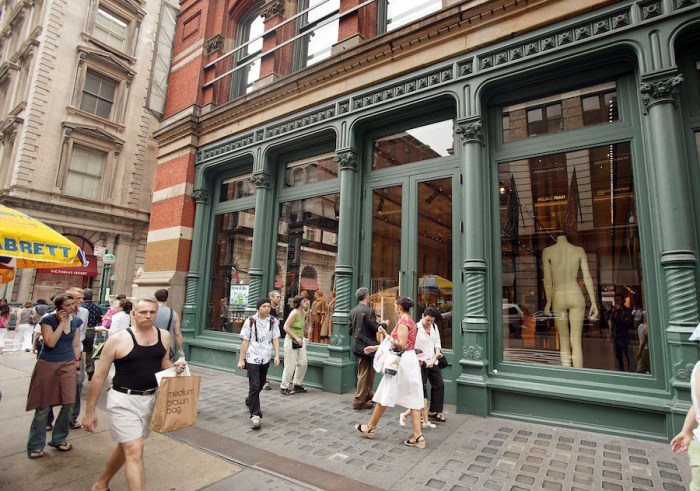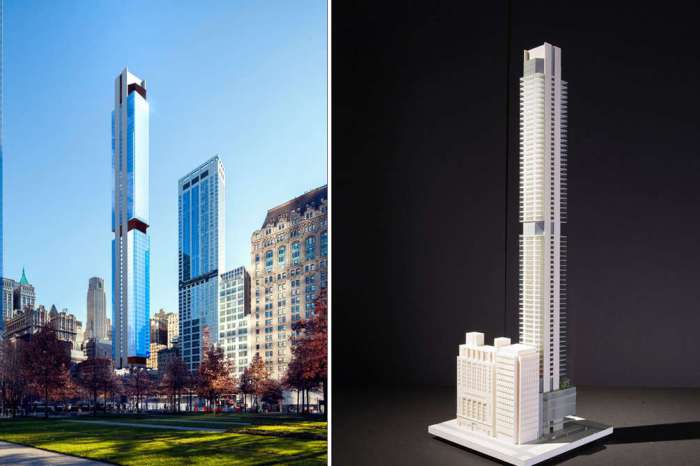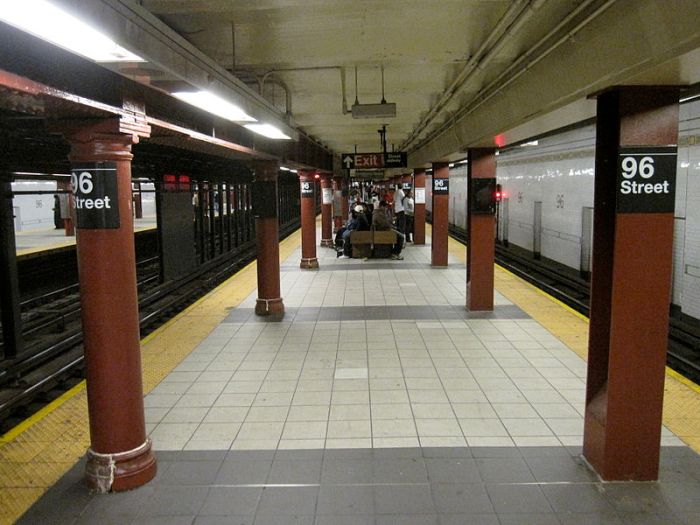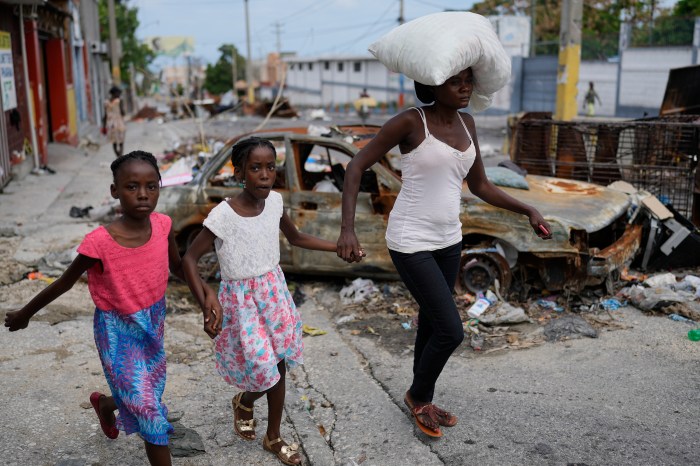Five days after a suspected gas leak caused a fiery explosion which leveled three buildings, killed two and left dozens wounded and homeless, exactly what led up to the accident remains unclear.
Equally unclear is the process by which the city and utility companies handle incidents where building owners or businesses may have tampered with gas lines.
Neither the city nor the utility company involved had any numbers of illegal or improper gas connections immediately available.
Con Edison confirmed a worker visited 121 Second Ave. in August 2014 and smelled gas as he checked the building’s gas meters. The company shut down the gas to the building for 10 days when the inspector found hoses connected to the gas line going into the building. “Even one instance of work that does not meet code and places safety at risk is too many,” said Con Edison spokesman Allan Drury. “When we find situations like we found on August 6, we immediately turn off gas to project everyone’s safety.” Drury explained any building that has its service shut off must hire a plumber to make repairs and only has gas service restored if an inspector finds no leaks.
The city’s Department of Buildings approved plumbing work in the building but only until November 2014.
Unaware of any unapproved work or issues at the site leading up to the explosion, the agency typically reprimands a building owner for work without a permit violation if they illegally siphon gas, as well as if there’s an immediate hazardous condition related to said work. If the buildings inspector does witness a dangerous set up, a DOB spokesman told Metro it has a strict departmental procedure to notify Con Edison, which sends its own inspector to the scene.
Unlike the 2014 gas explosion in East Harlem that observers at the time blamed on infrastructure problems, investigators and officials suspect an improper gas connection as the source of Thursday’s blast. The New York Times first reported over the weekend that landlord Maria Hrynenko might have improperly provided gas service to tenants in the recently renovated 121 Second Ave. by connecting them to service from 119 Second Ave. City records say Hrynenko also owns that property, which also collapsed. “As a person renting, we’re relying on a building super or homeowner to make sure we’re safe,” said Mark Bendit, a home inspector who owns and operates Superior Home Inspection Service in Staten Island. “We’re just counting that the owner does that right thing.” Bendit, who has inspected homes and apartment buildings around New York City for 24 years, warned that he has often seen three-, four- or five-family homes use gas mains designed for two-family homes. Consistent pressure in the pipes is important to keep them in working and safe order, Bendit added, and a low-pressure gas leak can accumulate and set off an explosion with the slightest trigger — including oxygen. “That’s when it becomes super explosive,” he said.
Late last week, Chief of Detectives Robert Boyce told reporters the explosion went off at 121 Second Ave. after the landlord’s son and a contractor opened a basement door after receiving complaints of a gas odor.
City continues to piece together cause of deadly East Village blast
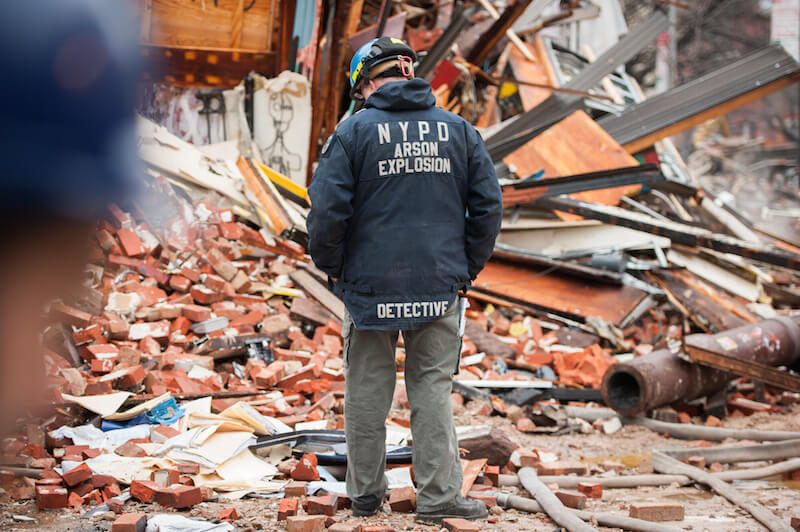
Nancy Borowick/Pool/Getty Images











